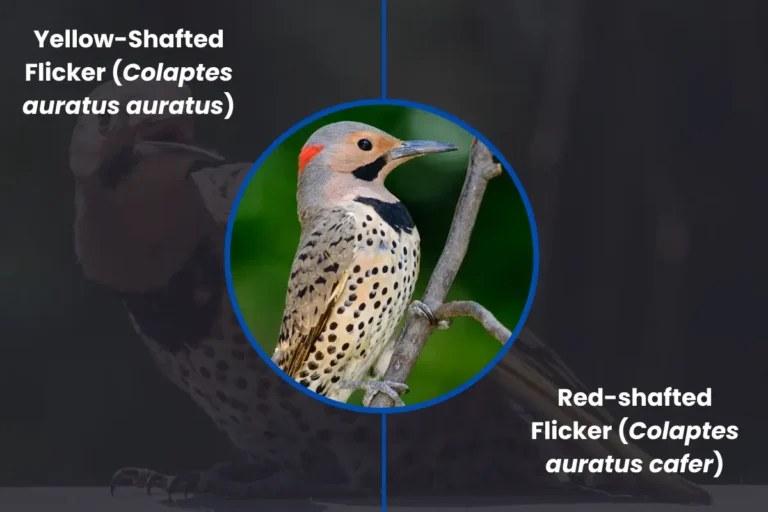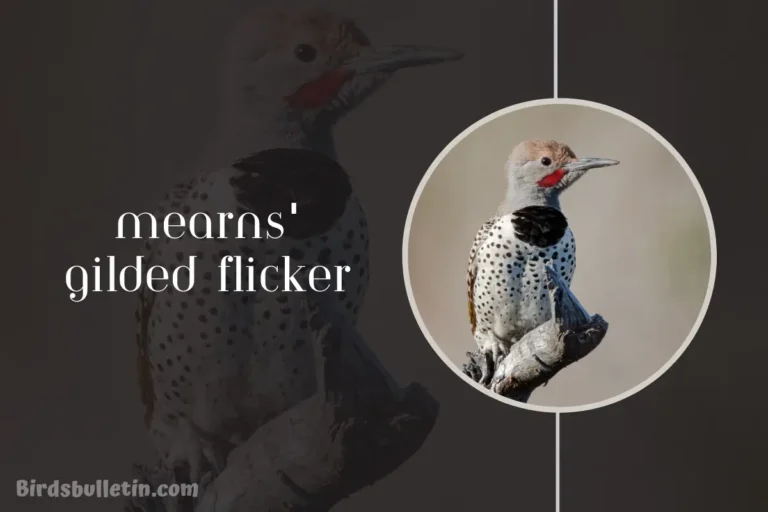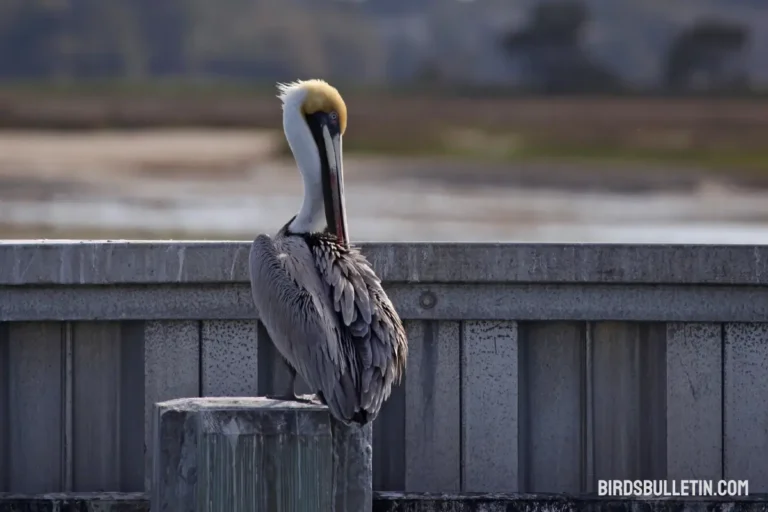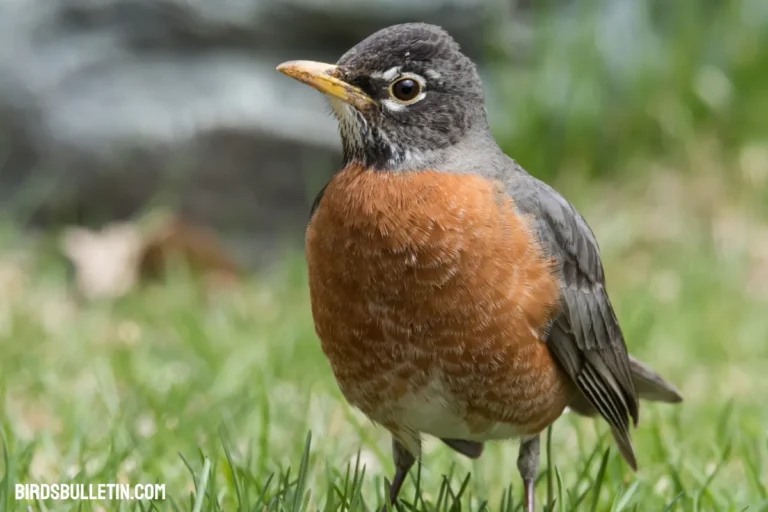Overview Of Eastern Brown Pelican
The Eastern Brown Pelican (Pelecanus occidentalis carolinensis) is a large seabird found along the Atlantic, Gulf, and Caribbean coasts of North and South America.
This subspecies, one of six subspecies of the Brown Pelican, breeds on the eastern coast of the United States from Maryland to Florida and south through the Caribbean to Panama.
Scientific Classification
- Kingdom: Animalia
- Phylum: Chordata
- Class: Aves
- Order: Pelecaniformes
- Family: Pelecanidae
- Genus: Pelecanus
- Species: P. occidentalis
- Subspecies: P. o. carolinensis (Gmelin, 1789)
Looking for more overview about bird subspecies:
Identification
The Eastern Brown Pelican is a large bird, with a wingspan of up to 6.5 feet. It has a long bill with a distal hook and a gular pouch for catching fish. The plumage is grayish brown on the head, neck, back, and belly, with bright white feathers on the forehead and nape.
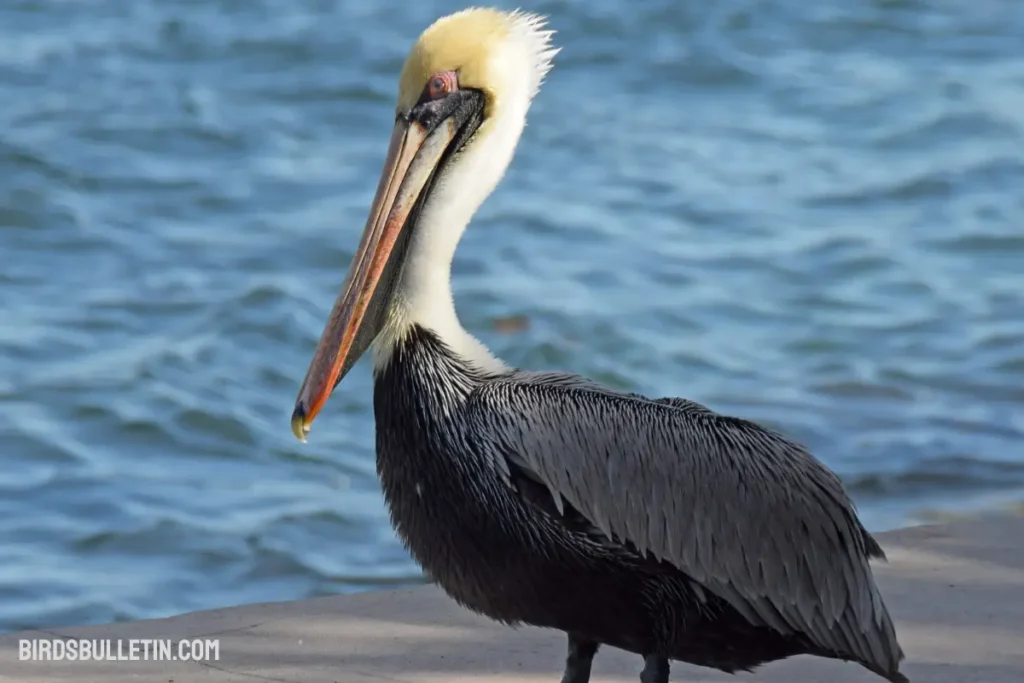
Dark flight feathers contrast with the paler wing coverts. The bill and pouch are yellow to orange.
Location
Breeding colonies of the Eastern Brown Pelican are found along the Atlantic and Gulf coasts of the United States from Maryland to Texas, south through Mexico, the Caribbean, and Central America.
After breeding, birds migrate down the Atlantic coast to Florida and the Gulf Coast. The non-breeding range extends south to Venezuela.
Interesting Facts
- The Eastern Brown Pelican plunges from heights of up to 60 feet to catch fish in its bill pouch.
- It is one of only two pelican species that feeds by diving rather than scooping fish from the surface.
- Parents feed regurgitated fish to chicks. A chick may consume over 150 pounds of fish before fledging.
- Eastern Brown Pelicans may live over 25-30 years in the wild.
Status
The Eastern Brown Pelican faces conservation challenges due to habitat loss, pollution, and human disturbance in their breeding and foraging areas. Despite these threats, conservation efforts and protective measures are in place to safeguard their habitats and promote their survival.
Conservation of Natural Habitat
Conservation initiatives for the Eastern Brown Pelican focus on preserving their coastal habitats.
Efforts include establishing protected areas, regulating fishing activities to prevent overfishing, and raising awareness about the importance of clean and sustainable environments.
Frequently Asked Questions
01. Are Eastern Brown Pelicans social birds, and do they migrate in groups?
Yes, Eastern Brown Pelicans are social birds and often travel in groups. They are commonly seen soaring gracefully above the water in formation. During their migrations, they form striking aerial patterns, showcasing their coordinated flight abilities and social behavior.
02. How does the pelican’s bill and pouch help it catch fish?
The bill has a sharp hook at the end to grab slippery fish. The stretchy pouch underneath can expand to scoop up large amounts of fish-filled water.
03. What is a major threat to Eastern Brown Pelicans?
Oil spills are a major hazard, as the oiled birds cannot waterproof their feathers or dive and feed. Conservation efforts aim to protect key breeding and feeding habitats.
Summary
With its large size, expressive bill pouch, and diving fishing technique, the Eastern Brown Pelican is a charismatic seabird of the Americas. Though no longer endangered, this subspecies still requires a protected breeding habitat to maintain healthy populations along the Atlantic and Gulf coasts.




